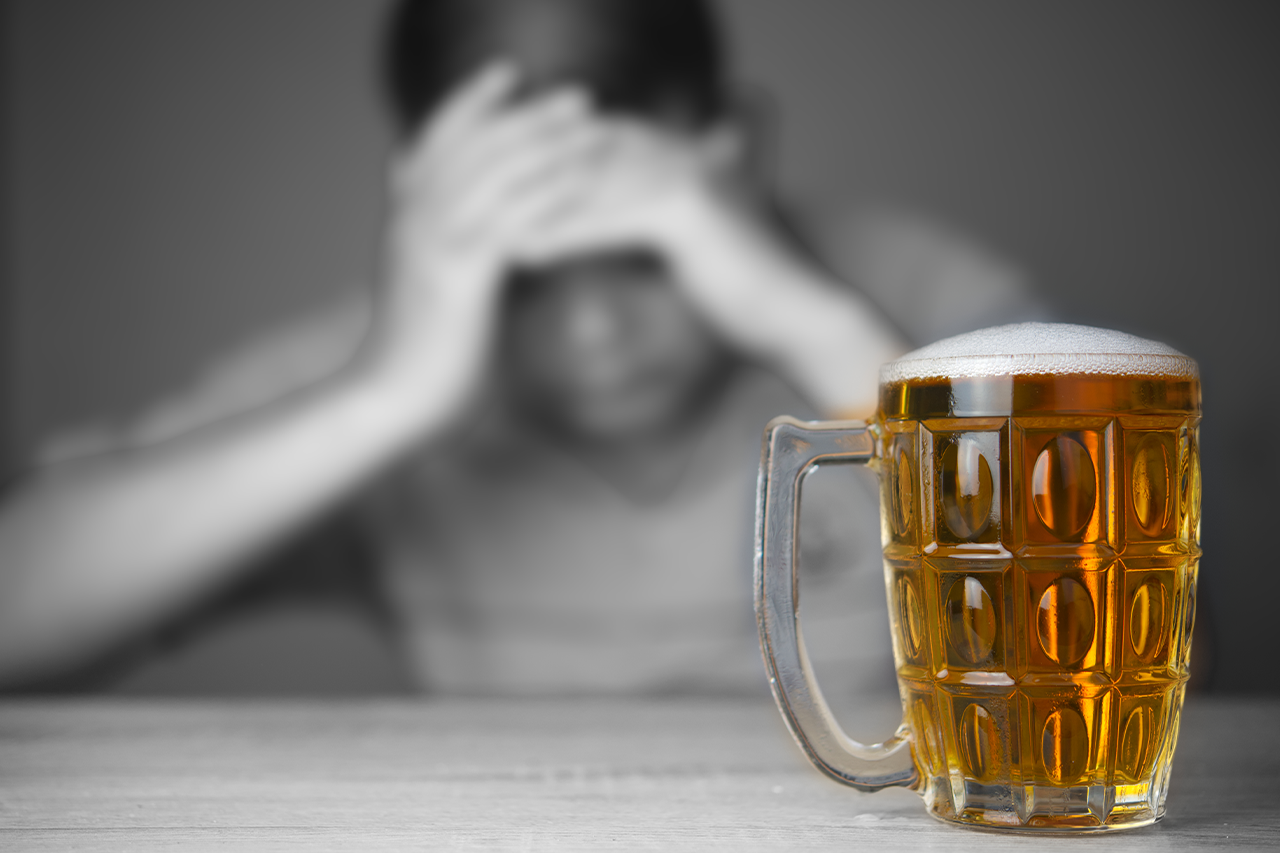Also known as ecstasy or MDMA (3,4-Methylenedioxymethamphetamine), Molly is a synthetic drug that acts as both a hallucinogen and stimulant. This means that it produces both stimulating side effects, such as increased alertness and energy, and mind-altering effects, such as hallucinations and distorted perception of time. Due to its unique capabilities, ecstasy or Molly is often recreationally used in clubs, raves, and music festivals to enhance participants’ experiences. As more comes out about this drug, many can’t help but wonder, “what is the history of Molly?” Our Clearbrook rehab in Pennsylvania is sharing all the details.
Ecstasy Timeline
The 1910s
So, who created MDMA? There’s a lot of back and forth about this, with many sources incorrectly citing Merck as the first company to create MDMA. However, this isn’t the case.
The history of Molly began in 1912 when it was first developed by a German pharmaceutical company in 1912. Originally known as “Methylsafrylaminc,” the drug was intended as a life-saving medicine that would help create blood clots, not to control appetite as is often incorrectly cited.
It was officially patented in 1914 by the pharmaceutical company Merck & Co. And although they found mentions of ecstasy production in their records, it wasn’t the MDMA we know today, but rather the original form of the drug intended for pharmaceutical purposes: Methylsafrylaminc.
The 1920s – 1950s
In the late 1940s, both the U.S. Army and CIA experimented with Molly and other hallucinogens as weapons. The CIA project called MK-Ultra became popular in the 1950s for its application of psychedelics for mind control. The project became infamous for testing psychoactive drugs on unknowing subjects.
The 1970s – 1980s
Ecstasy didn’t become popular until the 1970s and 1980s; you could consider this period the Molly era. At first, it gained a small following among psychiatrists even though the drug had not undergone any formal trials nor received approval from the Food and Drug Administration (FDA). Some psychiatrists interested in ecstasy believed that it enhanced communication among patients, increasing the efficacy of therapy and treatment.
It was also during this time that the drug became popular for recreational use. Ecstasy was adopted for use by people of the New Age movement, who explored the similarities between emotional and psychological states caused by MDMA.1
It slowly became more and more available on the streets. It was at this time that people started using Molly recreationally at clubs, raves, music festivals, and other similar events for its stimulating and hallucinogenic side effects.
It wasn’t until 1985 that the Drug Enforcement Agency (DEA) declared an emergency ban on ecstasy, categorizing it as a Schedule I drug. These are substances that have no accepted medical use and a high potential for abuse.
Despite these bans, however, the drug retained a huge following and took up an important role in subcultures among youth and young adults, similar to LSD’s role in the 1960s. By the end of the 20th century, researchers proposed that at least 3,400,000 Americans had tried the drug.1
The 1990s – Today
In the early 1990s, the FDA approved the first human trial to explore the effects of MDMA on pain and its contribution to psychotherapy. Unfortunately, the results have yet to be released to the public.
Again, despite the bans made on MDMA, use of the drug continued to persist, specifically in raves and other similar events. And while the terms are used interchangeably, Molly, the powder form of ecstasy, wasn’t developed until the 21st century.
Molly is the pure molecular state of MDMA. However, despite sellers’ claims of its purity, it’s often mixed with other cutting agents or added chemicals like methylone to intensify its side effects and increase sales.
This brings us to the present. Where does MDMA come from nowadays? Today ecstasy, MDMA, or Molly, is made with a variety of chemicals in laboratories. Of course, the drug is still illegal in the U.S., which means production is, as well.
Unlike meth, MDMA isn’t as time-consuming, difficult, or as dangerous to make, and anyone with a solid background in chemistry can make their own supply. As you can imagine, this is dangerous.
The drug is usually made with chemicals like isosafrole and MDP2P, and other unidentifiable ingredients. Also, Molly usually comes from foreign labs to avoid legal detection, as large purchases of it in the U.S. can easily be detected by law enforcement.
Ecstasy Addiction Treatment
Despite the casual view of Molly that many have, this drug is highly dangerous and has the potential for abuse and addiction. It often contains unknown ingredients that are physically harmful and often substituted for whatever is available, making the drug’s side effects unpredictable and impossible to measure.
Overdose is also a common risk of ecstasy abuse, specifically because the drug causes severe dehydration and overheating. Many people also mix alcohol and Molly, increasing their risk of overdose, dehydration, toxicity, and more.
If you’ve become dependent on ecstasy, our Northeast addictions treatment center can help. We offer medically monitored detox to flush drugs like Molly out of our patients’ systems alongside the administration of medicine to alleviate any discomfort.
After their detox, patients then move on to our ecstasy drug treatment, which includes both physical and mental therapy options to address the root causes of their condition and teach them how to manage their sobriety after rehab.
If your ecstasy use has gotten out of hand, don’t wait to get help. Call Clearbrook Treatment Centers today at 570-536-9621 to learn how our Pennsylvania drug treatment can help.
Related Reading:
Source:
-
- Britannica – Ecstasy







